1. Red Ink

In American classrooms, red ink is just a tool for marking errors or standing out on the page. It’s bold, visible, and often used by teachers to highlight corrections or feedback. There’s nothing particularly emotional about it. Most people see it as practical, not personal.
But in China and South Korea, writing someone’s name in red ink can be taken as a serious insult. It’s traditionally used to signify that a person has died or is cursed. Seeing your name in red can be jarring, almost like someone’s wishing you harm or bad luck. It’s a small thing that can carry big meaning explains Reddit.
2. Clocks
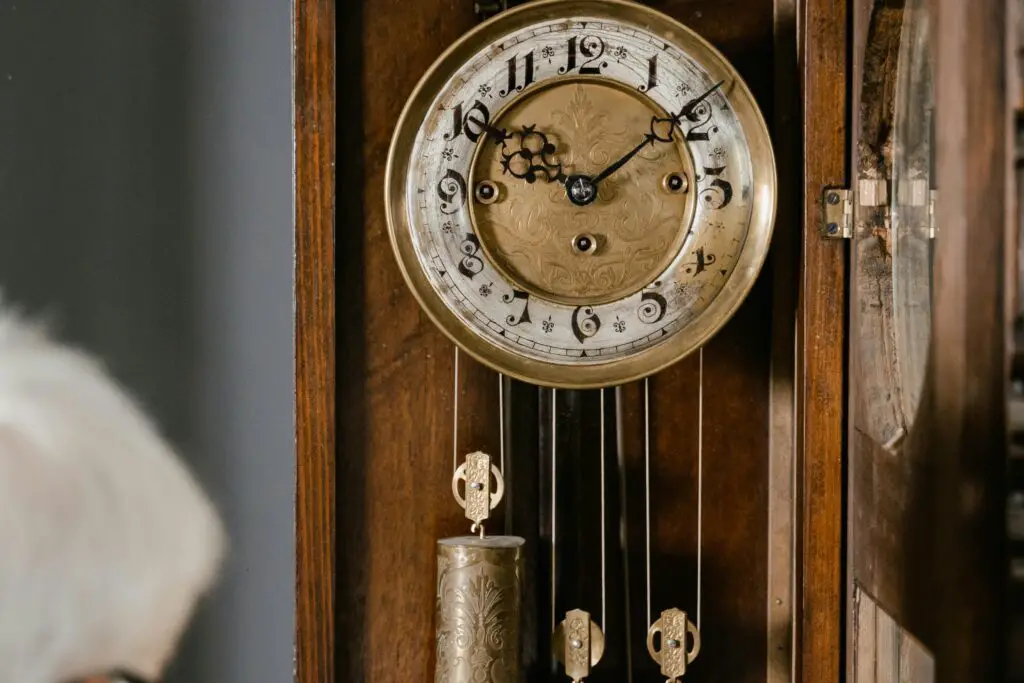
Giving someone a clock in the U.S. might seem thoughtful, even symbolic of time spent together. It’s decorative, useful, and can be seen as a classy gift. A clock might sit proudly on a mantel or desk. No one thinks twice about the gesture.
In China, though, gifting a clock is a major faux pas. The phrase “giving a clock” sounds like a phrase used during funerals, essentially meaning “attending someone’s end.” Because of this, it’s often associated with death and bad luck. People will avoid giving clocks, especially to the elderly says Yahoo.
3. Brooms

A broom in the U.S. is a household staple, something you might not even think twice about. It’s used to clean up crumbs or tackle weekend chores. Giving one might even seem practical. Just another basic housewarming item, right?
But in many Caribbean and African cultures, brooms can carry spiritual meaning. Sweeping at night is thought to sweep away luck and prosperity. In Ghana, brooms are even used in rituals to chase away evil spirits. In those settings, a broom isn’t just for sweeping—it’s symbolic shares Modern Ghana.
4. Chopsticks
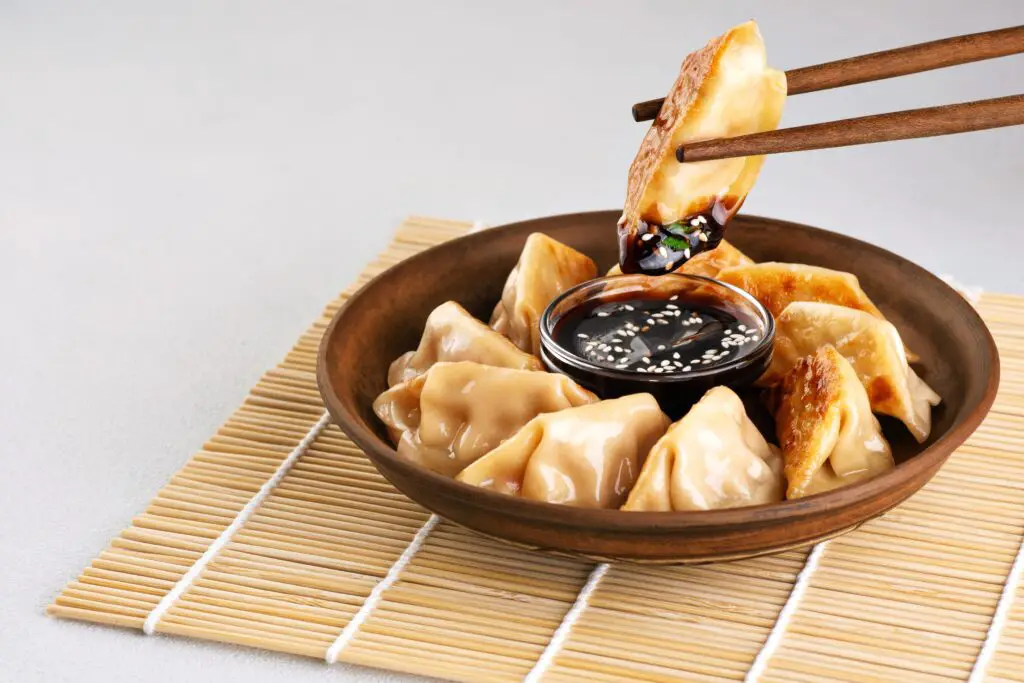
In the U.S., chopsticks are mostly used with takeout or during a fun night out at a sushi spot. They’re just eating utensils, much like a fork or knife. Most people don’t stress about how they’re handled. As long as the food gets to your mouth, it’s all good shares New York Times.
But in Japan and China, chopsticks come with a long list of etiquette rules. Sticking them upright in rice is a major taboo, symbolizing death. Passing food from one set to another mimics funeral rites. Even pointing with them can come off as rude.
5. Umbrellas

Carrying an umbrella in the U.S. is a practical move. You grab one when it rains, and that’s about the extent of it. They’re often gifted with a company logo or as part of a rainy day emergency kit. It’s not usually something people think deeply about.
But in Chinese culture, gifting someone an umbrella is considered unlucky. The word for “umbrella” sounds like the word for “separation,” which implies a relationship coming to an end. To avoid bad luck, people often refuse umbrellas given as gifts. Or they’ll hand over a coin to “buy” it instead.
6. Bread
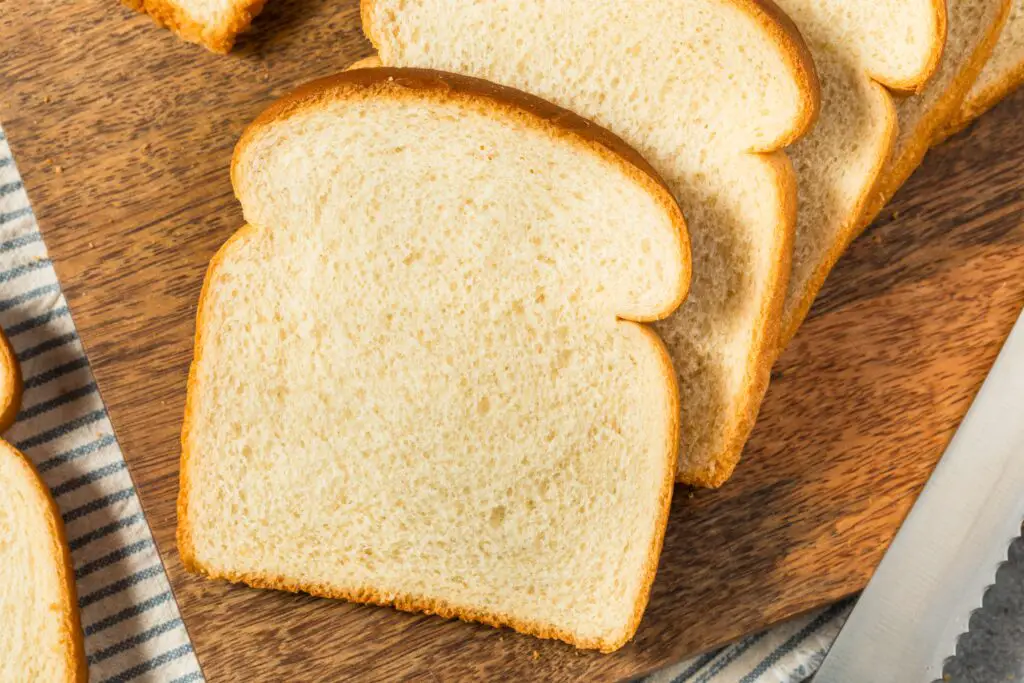
Bread in the U.S. is a pantry staple. We slice it, toast it, or turn it into sandwiches without thinking twice. It’s as everyday as food gets. Offering someone bread is usually seen as generous.
But in France, there’s surprising tradition tied to bread. Placing a baguette upside down on the table is considered bad luck. That goes back to the Middle Ages, when it was done for executioners. Today, it’s still enough to earn a few raised eyebrows.
7. Blankets

In the U.S., blankets are cozy and comforting. They make thoughtful gifts for birthdays, holidays, or just because. A soft throw is often a go-to present. They’re seen as warm, not symbolic.
In many Native American cultures, though, blankets are deeply meaningful. They’re given during births, marriages, and as honors. The patterns and colors often hold family or spiritual significance. Offering one casually could be taken as disrespectful.
8. Numbered Calendars

Calendars in the U.S. are simple tools for staying organized. We use them to track meetings, appointments, and birthdays. The numbers on them don’t hold any special meaning. It’s all about function.
But in East Asia, numbers are taken seriously. The number 4 sounds like the word for “death,” and is often avoided. Some skip it in buildings, addresses, or important dates. A calendar full of fours might actually make people uneasy.
9. Knives
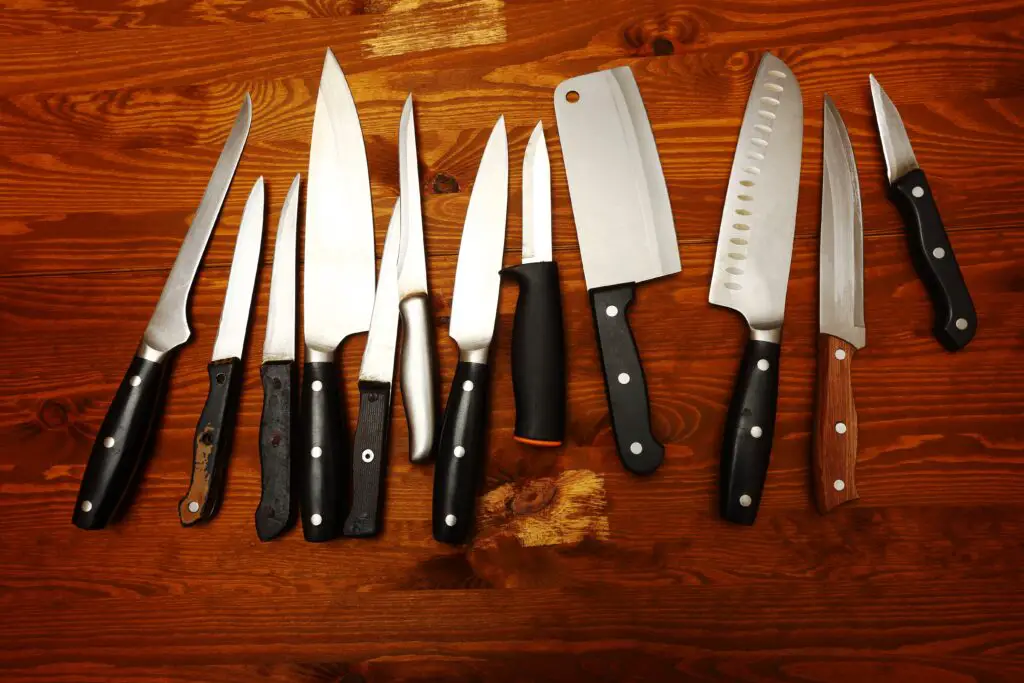
Knives in the U.S. are seen as practical gifts, especially for cooking enthusiasts. A high-quality knife set can be expensive and appreciated. Some people even pass them down through generations. There’s no taboo around giving one.
But in many cultures, knives as gifts are believed to “cut” relationships. That includes China, Latin America, and parts of Europe. The idea is that you’re symbolically severing your bond with the person. To avoid this, people usually include a coin so the gift can be “purchased.”
10. Handkerchiefs

A handkerchief in the U.S. might feel old-school, but it’s still seen as sweet or sentimental. Some people even keep heirloom handkerchiefs from grandparents. They’re practical and occasionally nostalgic. It’s not unusual to gift one.
In Southeast Asian cultures, though, it’s a different story. Handkerchiefs are linked with sorrow, because they’re used to wipe away tears. Gifting one might suggest you expect sadness ahead. It’s usually avoided for major events like weddings.
11. Flowers
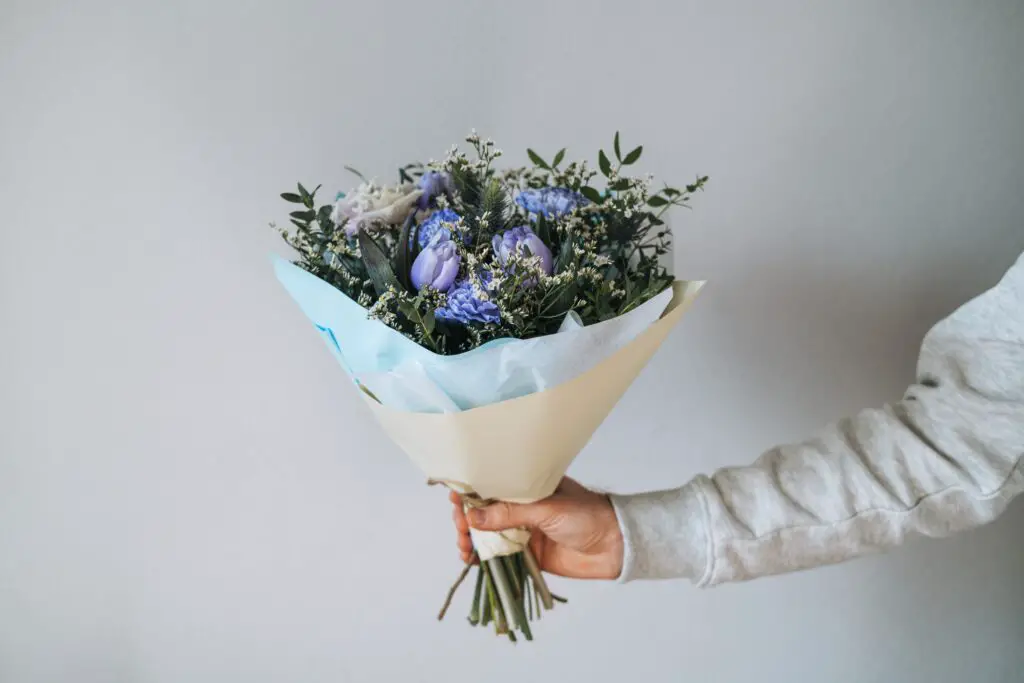
In the U.S., flowers are a go-to for almost any occasion. Birthdays, apologies, celebrations—you name it. Most people don’t worry about the type or number. A beautiful bouquet is always appreciated.
But in places like Russia, even numbers of flowers are reserved for funerals. And in many Asian cultures, white flowers symbolize mourning. A well-meaning bouquet can accidentally send the wrong message. It helps to check before you gift.
12. Hats

Hats in the U.S. are fashion, fandom, or sun protection. People give them freely as souvenirs or stylish gifts. There’s no emotional charge attached. They’re considered light and fun.
But in China, giving a green hat is a big mistake. It’s a slang reference to being cheated on by a partner. The phrase “wearing a green hat” is a serious insult. So if you’re traveling, steer clear of green headwear.
13. Dolls
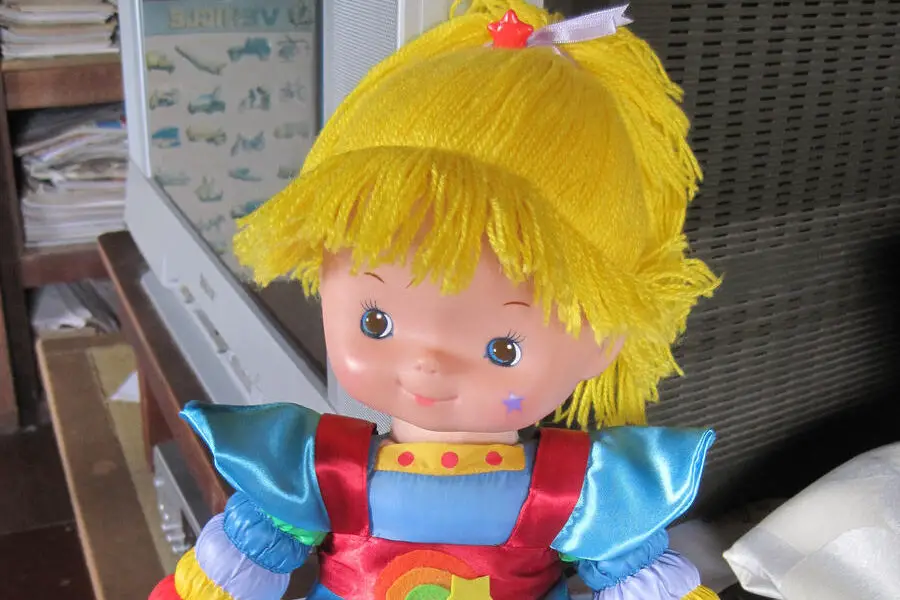
Dolls in the U.S. are sweet and nostalgic. They’re toys for kids or collectors and often part of childhood memories. Gifting one is seen as charming or sentimental. There’s usually nothing deeper to it.
But in other cultures, dolls can have spiritual weight. In Japan, some are seen as lucky charms. In parts of Africa and Latin America, they’re used in rituals or protection spells. These dolls aren’t toys—they carry meaning.
